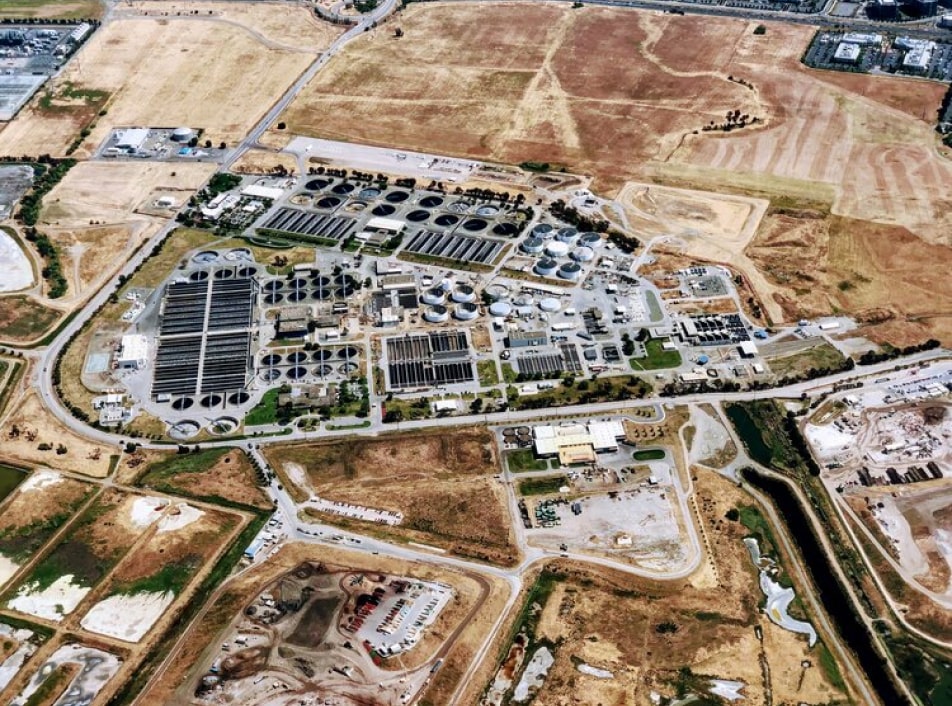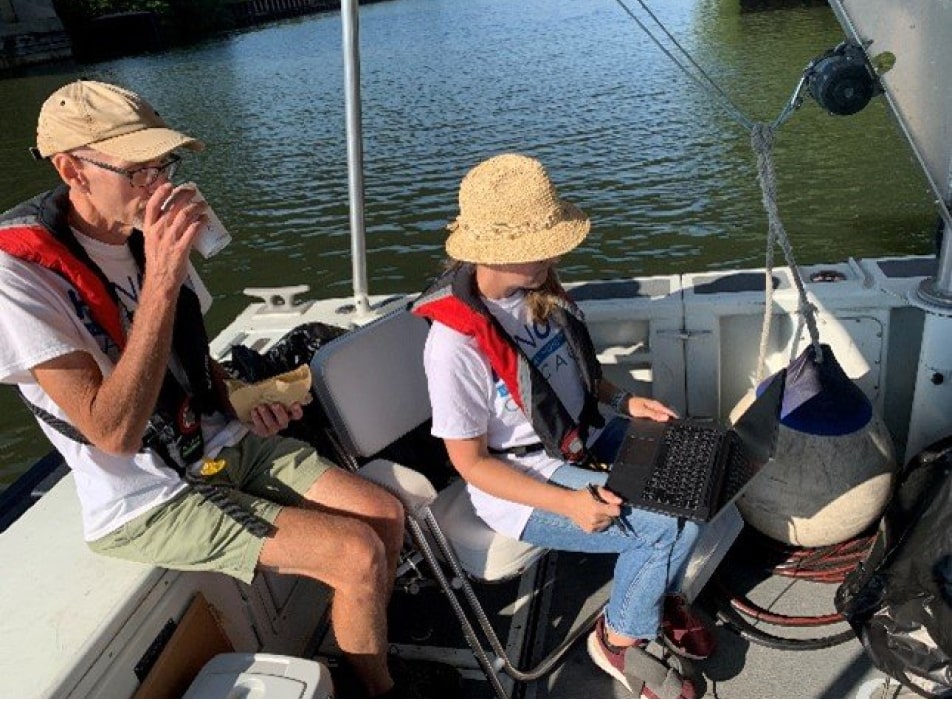The COVID-19 pandemic has sparked a new wave of interest in sewage surveillance as communities around the world look for new ways to track and combat the spread of the virus. Wastewater monitoring isn’t a novel concept. Since John Snow’s famous map of the 1854 cholera outbreak in London, public health experts have been interested in what we can learn from the water we flush. The new field of wastewater-based epidemiology (WBE), initially developed to track illicit drug use in communities and most recently applied to monitor the opioid crisis, has now trained its focus on the new coronavirus.
Detection technologies and capabilities are constantly changing and adapting to meet the needs of new public health challenges. For example, when the World Health Organization embarked on its Global Polio Eradication Initiative (GPEI) in 1988, virus detection and quantification in the environment was primarily accomplished through cell culture methods. The discovery of the quantitative polymerase chain reaction (qPCR) method in the early 1990s opened new frontiers in virus identification and made significant contributions to GPEI. In the past decade, researchers studied the efficacy of sewage surveillance in predicting outbreaks for such well-known viral pathogens as norovirus and Hepatitis A. There is still much to learn about the practicality of this approach with regards to the current pandemic, but some information is already available while the number of studies in this area continues to grow.
Here’s what we know so far:
- Respiratory pathogens like SARS-CoV-2, the virus that causes COVID-19, can be successfully detected in sewage because people shed them over long periods of time via a range of bodily fluids during infection. Multiple studies have detected parts of the SARS-CoV-2 genetic material in sewage.
- SARS-CoV-2 can be quantified using qPCR, the same technique used in polio detection and currently the best-known method for virus detection.
- It is likely that infected individuals start shedding the virus before showing the disease symptoms, which means that SARS-CoV-2 can be detected before an active case is diagnosed in a community – potentially an “early warning” indicator of an outbreak.
- Research so far shows that a significant proportion of those infected with COVID-19 may show no disease symptoms. This makes it difficult to estimate the extent of an outbreak without wide-spread testing. Sewage surveillance could potentially provide a more accurate estimate.
- Researchers have not been able to isolate infective virus from wastewater to date. This could mean that it becomes inactivated once it enters the wastewater collection system, and is important when considering the safety of people involved in sample collection and testing.
Here’s what we still need to know:
- The average number of SARS-CoV-2 particles excreted by an infected individual, and how the number varies from person to person. This information is needed in order to accurately infer the extent of an outbreak in a community and understand how meaningful the signal is.
- How the virus is affected by variables such as wastewater strength, temperature, and composition. For example, we already know that virus is killed during its journey through wastewater treatment systems.
- To extrapolate sample test results to the entire population, knowledge of wastewater flow patterns and how the flow is affected by wet weather and sewer pipe infiltration is needed.
- How molecular genetics methods, such as qPCR, may be affected by the nature of the virus and wastewater quality, so that a set of standardized quality control procedures and best practices can be developed.
More than a dozen research groups worldwide have started analyzing wastewater for the new coronavirus to estimate the number of infections in communities and develop an early-warning system. A team from the University of Michigan and Stanford University, led by Krista Wigginton, is developing a COVID-19 monitoring methodology that can aid the public health response in the absence of sufficient clinical testing. Biobot Analytics, MIT, Harvard, and Brigham are working together to quantify the scale of infection by analyzing wastewater samples and comparing them to the number of reported cases in the sampled community. The University of Arizona WEST Center is developing a monitoring program to allow COVID-19 sewage surveillance that could be deployed by any interested water resource recovery facility, while researchers from the Arizona State University – home of the Human Health Observatory, the largest wastewater based epidemiology network and sample repository – have recently added SARS-CoV-2 to the range of health indicators subject to continuous monitoring.
Current actively tracks new developments in sensors and water quality monitoring technologies, including through H2NOW Chicago, our near-real time microbial monitoring project on the Chicago River. We are actively exploring the relevance of these COVID-19 monitoring projects with partners in our region. If you are interested in learning more, there are several upcoming opportunities to connect with national experts on these topics:
- The Water Research Foundation’s Virtual International Water Research Summit on Environmental Surveillance of COVID-19 Indicators in Sewersheds
- Wastewater Epidemiology Webcast by Water Environment Federation




